

Malaysia Smart City / 5G Smart Cities Technology
A smart city/cities is a municipality that uses information and communication technologies (ICT) to increase operational efficiency, share information with the public and improve both the quality of government services and citizen welfare.
The speed at which 5G is deployed worldwide will have a significant impact on how soon it will become the defining technology of smart cities.
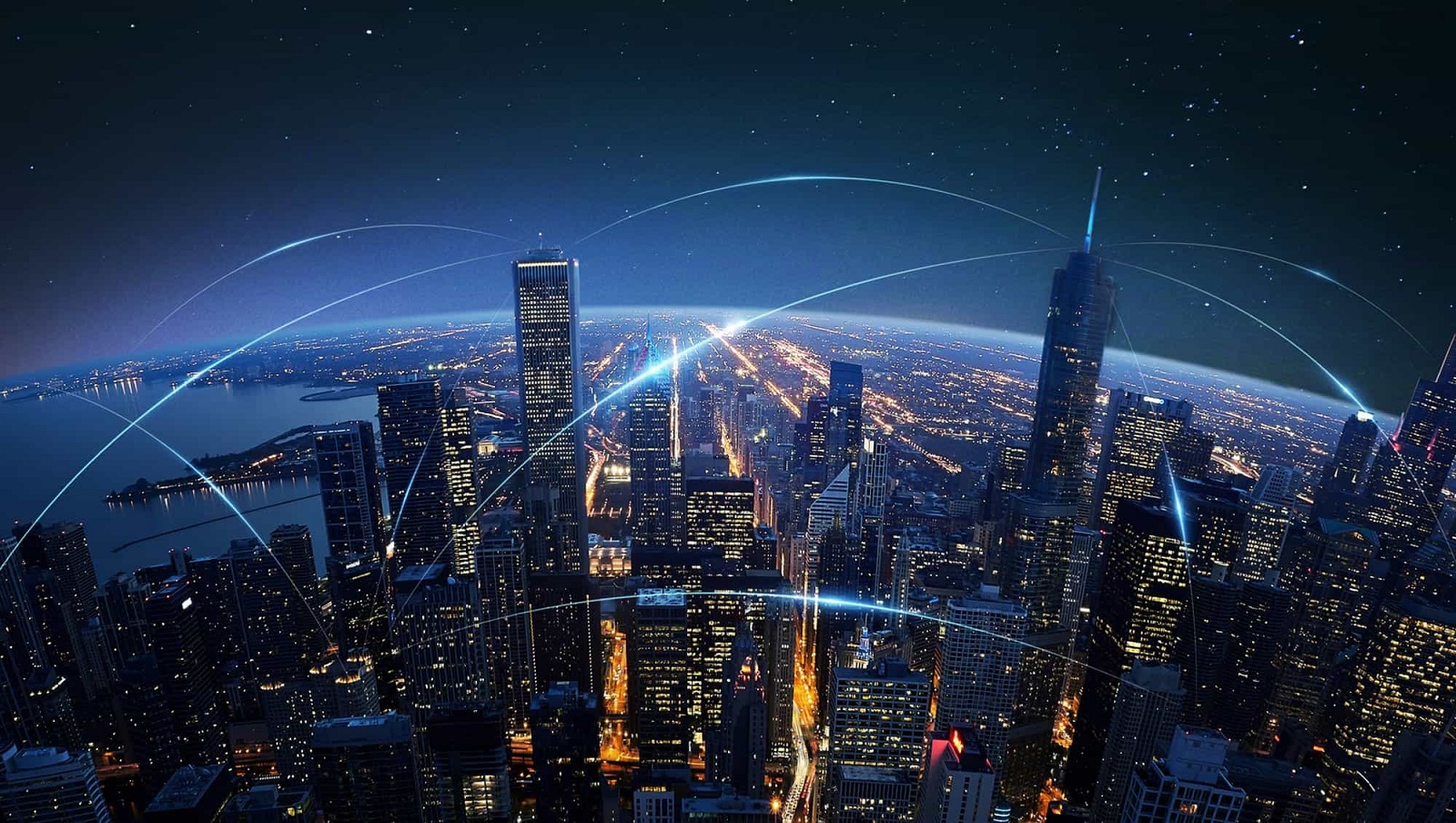
A smart city's success depends on its ability to form a strong relationship between the government -- including its bureaucracy and regulations -- and the private sector. This relationship is necessary because most of the work that is done to create and maintain a digital, data-driven environment occurs outside of the government. Surveillance equipment for busy streets could include sensors from one company, cameras from another and a server from yet another.
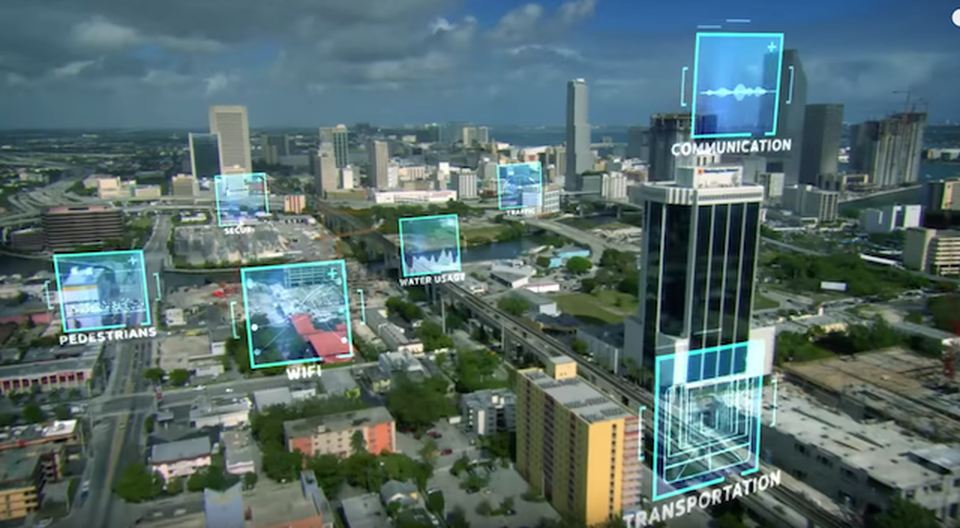
Smart cities use a combination of the internet of things (IoT) devices, software solutions, user interfaces (UI) and communication networks. However, they rely first and foremost on the IoT. The IoT is a network of connected devices -- such as vehicles, sensors or home appliances -- that can communicate and exchange data. Data collected and delivered by the IoT sensors and devices is stored in the cloud or on servers. The connection of these devices and use of data analytics (DA) facilitates the convergence of the physical and digital city elements, thus improving both public and private sector efficiency, enabling economic benefits and improving citizen's lives.
Smart city technology is increasingly being used to improve public safety, from monitoring areas of high crime to improving emergency preparedness with sensors. For example, smart sensors can be critical components of an early warning system before droughts, floods, landslides or hurricanes.
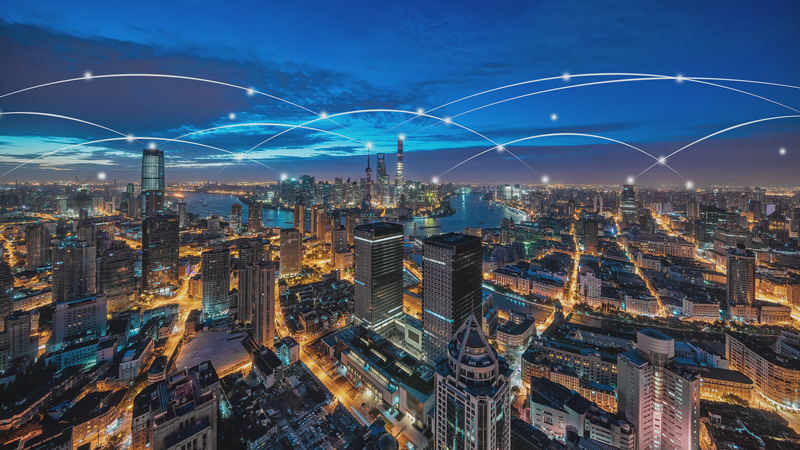
Features of a smart city
Smart buildings are also often part of a smart
city project. Legacy infrastructure can be retrofitted and new buildings
constructed with sensors to not only provide real time space management and
ensure public safety, but also to monitor the structural health of buildings.
Attaching sensors to buildings and other structures can detect wear and tear and
notify officials when repairs are needed. Citizens can help in this matter,
notifying officials through a smart city application when repairs are needed in
buildings and other public infrastructure, such as potholes. Sensors can also be
used to detect leaks in water mains and other pipe systems, helping reduce costs
and improve the efficiency of public workers.
Smart city technologies also bring efficiencies to urban manufacturing and urban
farming, including job creation, energy efficiency, space management and fresher
goods for consumers.
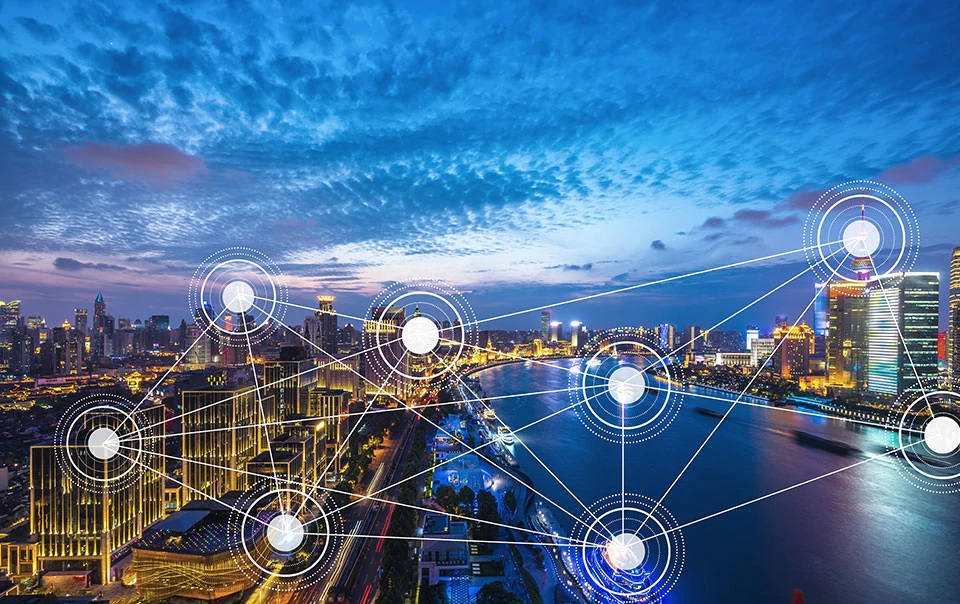
How a smart city works
Smart cities utilize their web of connected IoT devices and other technologies to achieve their goals of improving the quality of life and achieving economic growth. Successful smart cities follow four steps:
Collection - Smart sensors throughout the city gather data in real time.
Analysis - Data collected by the smart sensors is assessed in order to draw meaningful insights.
Communication - The insights that have been found in the analysis phase are communicated with decision makers through strong communication networks.
Action - Cities use the insights pulled from the data to create solutions, optimize operations and asset management and improve the quality of life for residents.
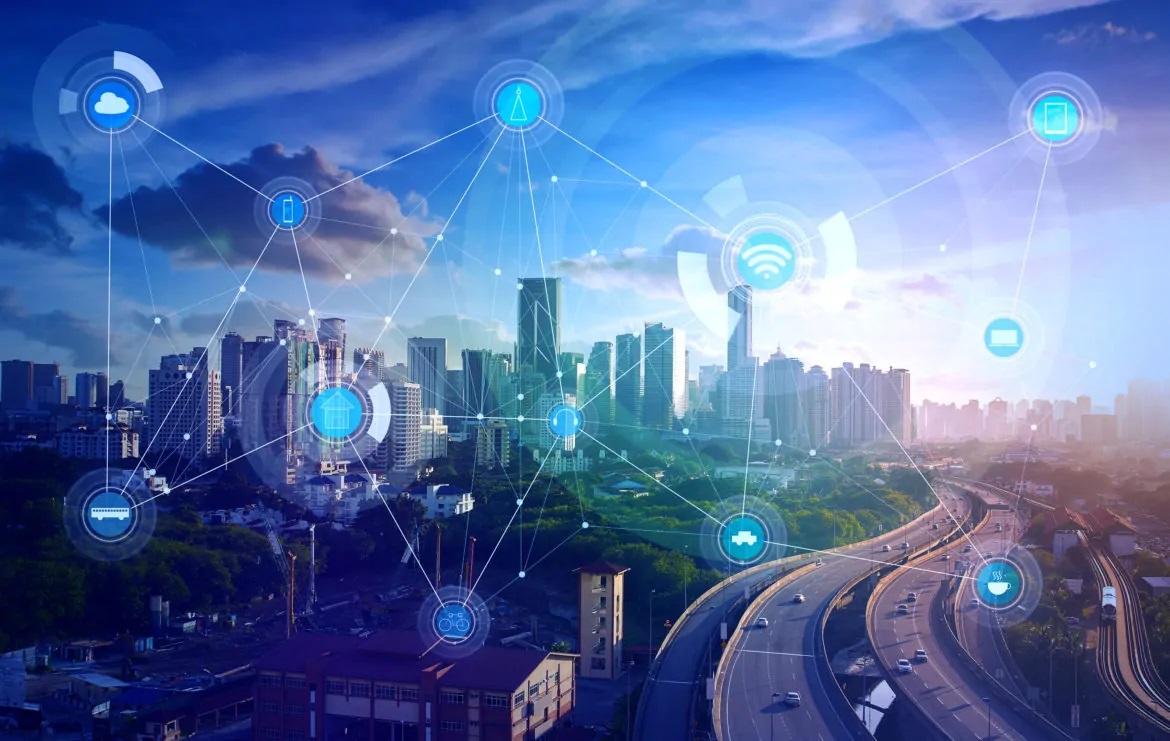
Premise
5G is an enabling technology for IoT, and as
smart cities essentially rely on IoT to function, 5G and smart cities are
inextricably linked.
Managing the resources and operations of so many large cities can only be
cost-effective and efficient if they are automated and connected – and this is
the basic premise of smart cities.
The creation of smoother and safer living through a gradual digital
transformation is already beginning in some world cities, but it does not end
there. Streets, buildings, public and personal devices need to be
interconnected.
Sensors must be placed everywhere to collect data. The massive amount of data generated by these sensors then needs to be communicated, analysed and fed back to the infrastructure to affect changes in the operation of smart cities.
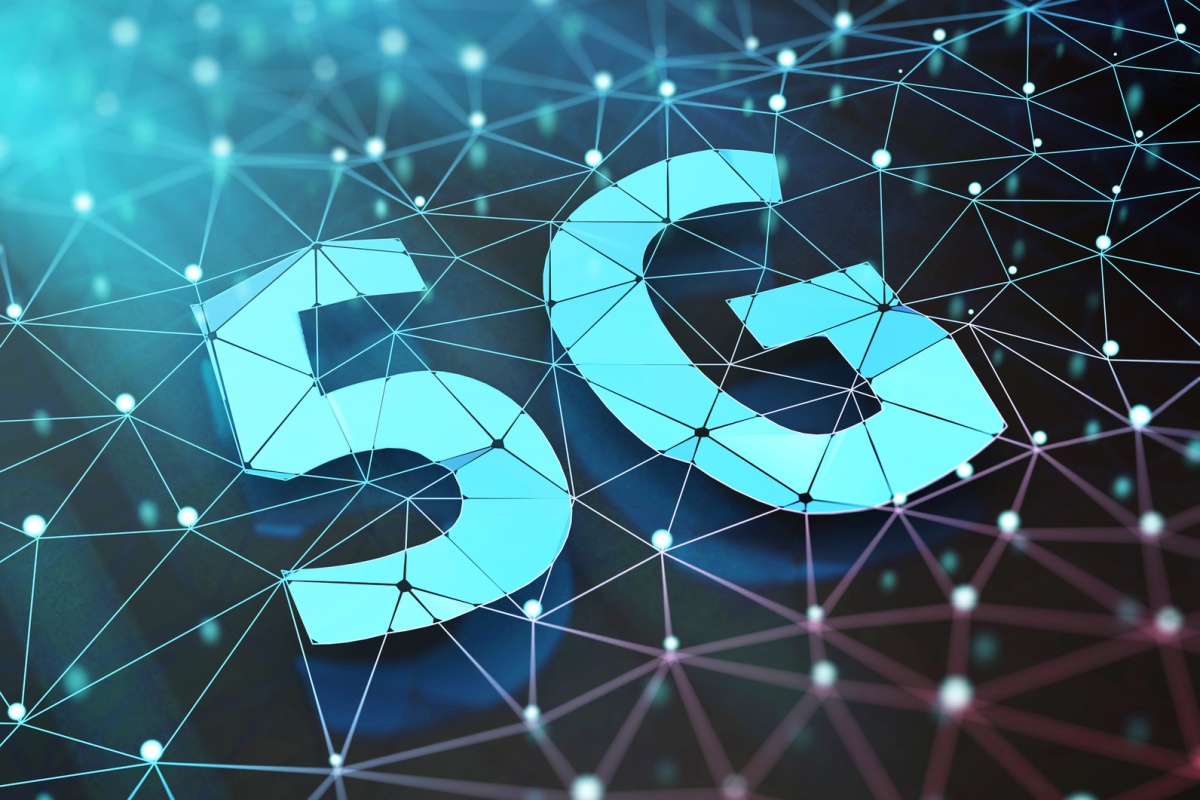
5G brings about a massively improved platform to deliver scalable and reliable connectivity to the world. The technology is designed to be high data-rate and low-latency. These two characteristics allow for fast real-time transfer of data between two or more points. This will allow for many new applications to be deployed that were not possible before 5G.
5G is an enabling technology for IoT(Internet of Things), and as smart cities essentially rely on IoT to function, 5G and smart cities are inextricably linked. As such, 5G will play a critical role in allowing information gathered through sensors to be transmitted in real time to central monitoring locations.

SPEED IT COMMUNICATION (MA0183289-X)
Mobile/Whatsapp No. : 019-6655355
Office Telephone No. : 03-2633 2212
Emails:
sales@speed-it.biz &
support@speed-it.biz
Website:
http://www.speed-it.biz
Copyright @ SPEED IT COMMUNICATION,
All Rights Reserved.